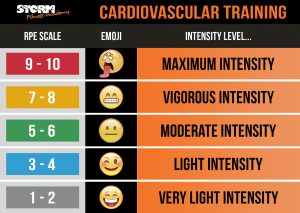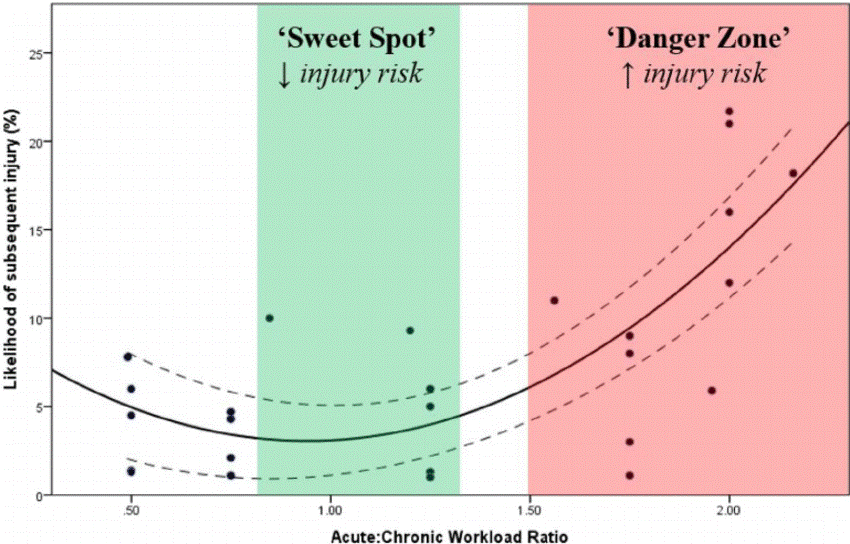Before we start, I am by no means negative towards the amount of exercise being done at the minute, in fact I think it’s absolutely brilliant.
All of a sudden the measure of a person’s wealth is not by how much money they have but by how much home gym equipment they have!!!
People who may not have previously engaged in exercise are out walking the roads or dusting off old bicycles and getting outside. Online HITT classes or free exercise plans have never been so plentiful. On almost every single social media platform you are guaranteed to pick up a new home exercise each day and it’s brilliant.
With this in mind, I think it is important to be sensible with regard to our approach to exercise. If you haven’t ran in a year but now due to the current circumstances you have just ran 5 km every day for the last two weeks, I don’t think you need to be a physio to see that if you continue on this path there is a chance that things might start to breakdown.
Or if you have haven’t done any resistance training in months and now all of a sudden you are training like Arnie twice a day out your back garden. You can see why things are going to feel stiff and sore right?
Like with any form of physical activity the risk of injury is elevated but if we adhere to appropriate load management guidelines in addition to carrying out some injury prevention work there is a good chance you can reduce this risk.
So let’s talk a bit about LOAD
What is Load?
Load is typically broken down into two components :
Internal Load – Heart Rate, Blood pressure, Rate of perceived exertion, etc.
External Load – Distance ran/cycled/swam, height jumped, weight lifted.
Naturally how much external load we place on the body is in turn going to have an effect on the internal load.
A very simple tool used to measure load is “ Sessional Rate of Perceived
Exertion (RPE)” which is :
- Training time (minutes) x intensity (RPE) e.g. 30 minute run x 8/10 RPE = 240
units / exertional minutes
This can further be broken into Acute and Chronic Workloads:
Acute training can be as short as one session however normally 1 week is the most convenient unit.
Chronic training on the other hand can represent the average of the most recent 3-6 weeks of training so therefore could be considered your current state of “fitness”. (Soligard, Torbjørn, et al 2016)
It is within this Acute to Chronic Workload Ratio (ACWR) that lies the key to self-monitoring your load and avoiding injury.
So if for example your acute workload over the last week is 2500 units ( 500 units per session x 5 days ) and your chronic workload over the last 4 weeks has been : week 1 (1100), week 2 (1200), week 3 (1300), week 4(2500) = 6100 divided by 4 = Chronic workload of 1525 units.
Your ACWR is 2500/1525 = 1.639
As shown in the above diagram if your ACWR is 1.639, this is placing you right in the middle of “Danger zone” and putting you at risk of injury.
Numerous studies have shown that spikes in acute load relative to chronic load (ie, when the acute: chronic workload ratio >1.5) this is associated with an increased risk of injury (Quarrie et al 2017).
The problem with this is that even when we see this red flag, this does not necessarily mean that we are going to see an injury right away despite the spike in acute workload.
The current evidence suggests that an injury will usually present 7-10 days after the spike. Some practitioners advise that as a rule of thumb an injury can occur between 1- 4 weeks after you have spiked your acute load in comparison to your chronic load (Gabbett et al 2016).
So will we see alot of injuries like achilles tendon , rotator cuff, knee pain in the next 2 weeks??? ( We already have had numerous inquiries here at Physio Performance Drogheda about new injuries picked up in the last week due to increased exercise levels!!)
So stop annoying me with numbers and tell me what I can do to avoid this and continue to enjoy exercising daily ?
My Tips:
- Think about your baseline fitness and start from there. Try and match your current goals with your current ability and work your way up. Gradually increase your training load over the course of the next few weeks, making sure not to progress by no more than 10% each week.
- Listen to your body – if for whatever reason a spike in your training does occur, don’t worry about it! All you need to do is reduce your acute training loads over the next few weeks and make sure to get your ACWR back into its “sweet spot”.
- Vary your exercise routine by doing out an exercise plan for the week. If you are a beginner to running, try running every second or third day initially and add in some strengthening / stretching on the days in between.
- Try different types of exercise each week e.g. running, cycling, rowing, skipping,walking, yoga, pilates, HITT…the list is endless!
- Your overall loading is more than just the miles you cover and minutes per mile. It is the combination of training and lifestyle (physical and mental) loading. Take some time to do some yoga or meditation, embrace the time you have now to adapt of attitude of self care.
“High loads are not a problem, it’s how you get there that is”.
(A shout out to work of Tim Gabbett for this quote and above information, check out his work)
JUST REMEMBER SLOW AND STEADY WINS THE RACE
So keep exercising, keep active and keep safe!!!!
If you need any help or advice with your new exercise routine or injuries please contact us here at Physio Performance Drogheda.
WE ARE ALWAYS HERE TO HELP.


